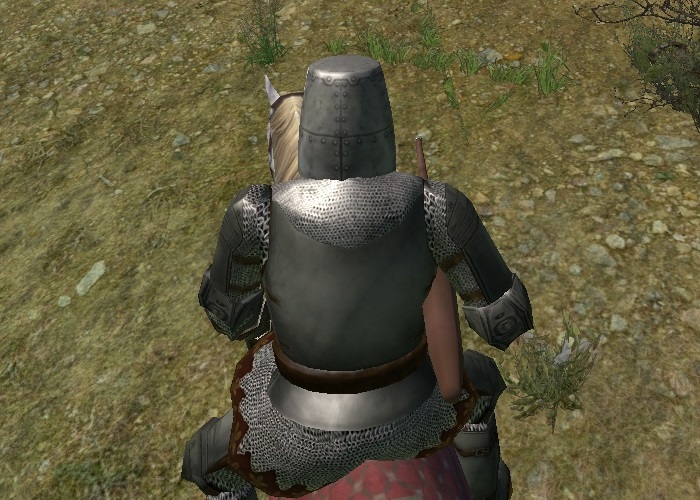

It transformed into a specialised sport during the Late Middle Ages, and remained popular with the nobility in England and Wales, Germany and other parts of Europe throughout the whole of the 16th century (while in France, it was discontinued after the death of King Henry II in an accident in 1559).

Jousting is based on the military use of the lance by heavy cavalry. The synonym tilt (as in tilting at windmills) dates c. The word was loaned into Middle English around 1300, when jousting was a very popular sport among the Anglo-Norman knighthood. The term is derived from Old French joster, ultimately from Latin iuxtare "to approach, to meet". The participants experience close to three and a quarter times their body weight in G-forces when the lances collide with their armour. The joust became an iconic characteristic of the knight in Romantic medievalism. The primary aim was to replicate a clash of heavy cavalry, with each participant trying hard to strike the opponent while riding towards him at high speed, breaking the lance on the opponent's shield or jousting armour if possible, or unhorsing him. Jousting is a martial game or hastilude between two horseriders wielding lances with blunted tips, often as part of a tournament. Renaissance-era depiction of a joust in traditional or "high" armour, based on then-historical late medieval armour ( Paulus Hector Mair, de arte athletica, 1540s)


 0 kommentar(er)
0 kommentar(er)
